

right into an algebraic equation or to discuss providing evidence for a topic sentence. An area of growth for me is connecting with students virtually. I miss greeting students in the morning, eating with them at lunch, and playing basketball with them in the afternoon. This is also true for my connections with coworkers. Instead of chatting over copies and coffee in the morning, or debriefing at the end of a class, we are face to face in an online meeting with little time to spare. When our school delved into the hard conversations of anti-racism, we could not come together in the following days and lift each other up. I am nostalgic for those organic moments of togetherness within a school day, when joy was not hard to find and I didn’t have to search hard for it.


I recently had an IEP meeting with a freshman student. This student graduated 8th grade and started high school virtually, during a pandemic. I cannot imagine living through a pivotal time in such circumstances. The start of this school year was difficult for them, but this recent meeting felt more like a celebration. The student and their clinician were happy to report progress on a journey which enabled the student to recognize their thoughts and feelings, and to give them words. The team, the student, and their mother were thrilled to discuss the positive improvement in the student’s behavior. Their math teacher was ecstatic to discuss the student’s newfound confidence in solving problems step by step. The student and I made plans to tackle a new goal in self-advocacy, an area of challenge, but one that we are embracing in partnership.


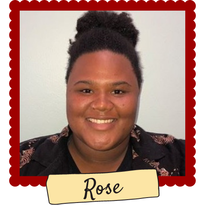
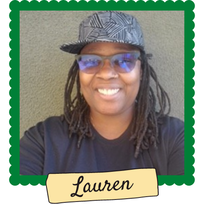













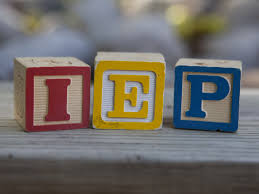
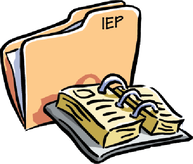
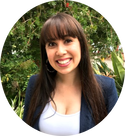

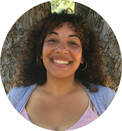

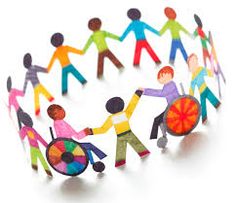

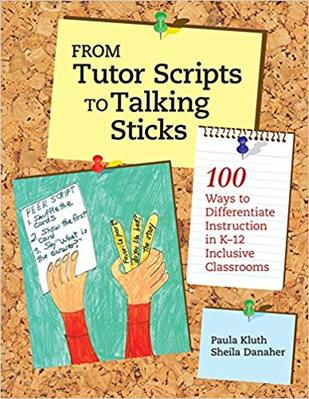
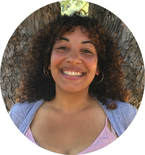
 RSS Feed
RSS Feed